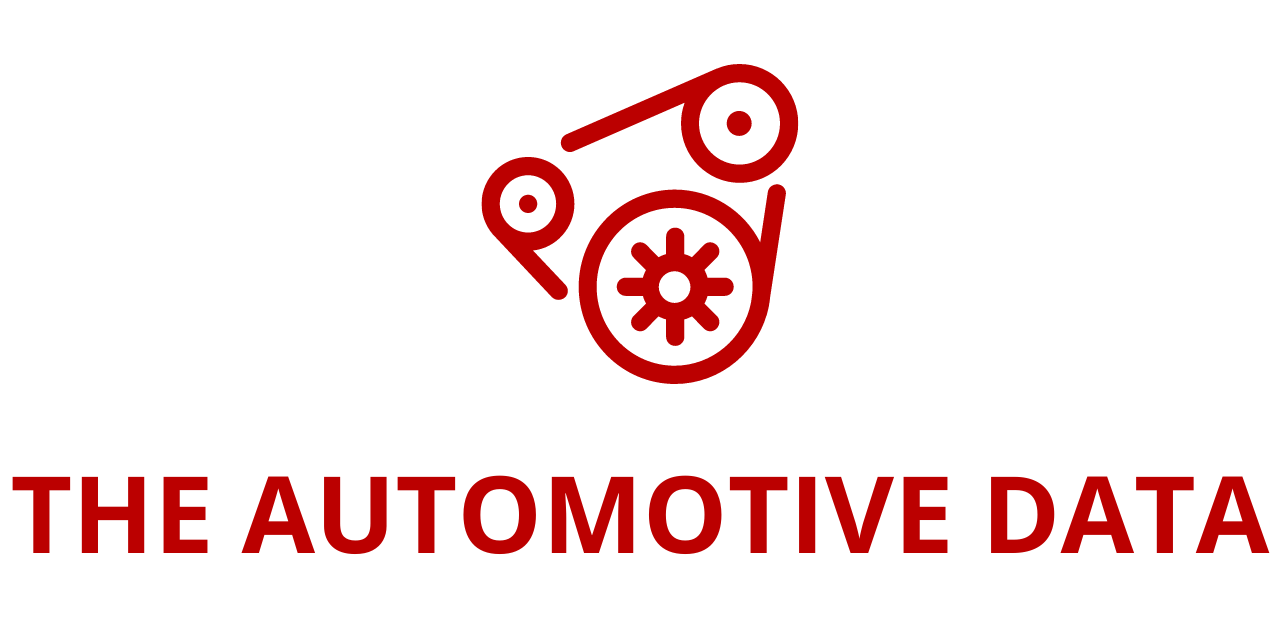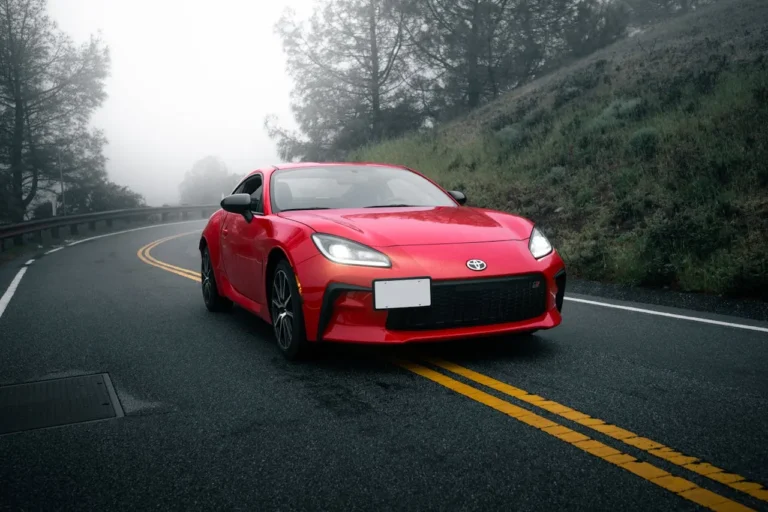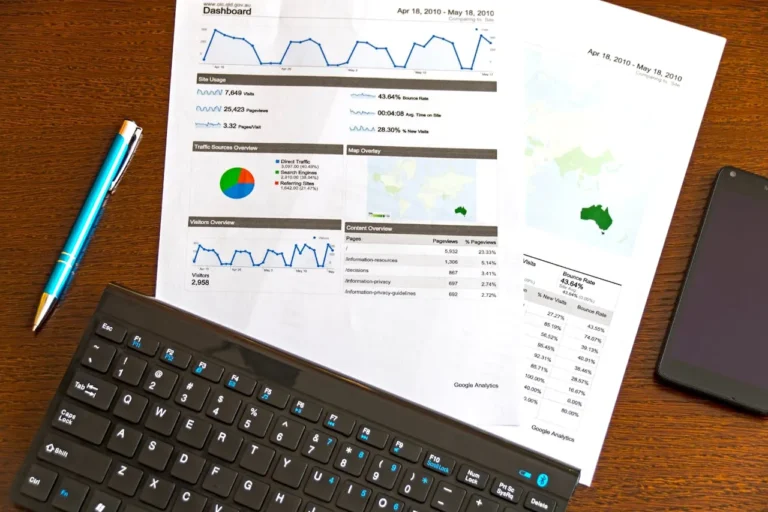
The global used car market has been experiencing significant growth in recent years, driven by factors such as rising demand for affordable vehicles, technological advancements, and shifting consumer preferences. According to the – Global Strategic Business Report” from ResearchAndMarkets.com, the used car market was valued at USD 17.9 billion in 2024 and is projected to reach USD 25.4 billion by 2030, growing at a compound annual growth rate (CAGR) of 6% during the forecast period.
Growth Drivers of the Used Car Market
The growth of the used car market can be attributed to various economic, technological, and environmental factors. A primary driver is affordability—s provide a cost-effective alternative to new vehicles, offering significant savings to consumers. This affordability factor allows buyers to access higher-end models at lower prices, meeting the needs of budget-conscious consumers. The wide range of options in the used car market also appeals to various consumer preferences, from economical compact cars to luxury vehicles.
In addition, technological advancements have played a major role in shaping the growth of themarket. Innovations like online vehicle marketplaces, classified websites, and digital tools have made the process of buying a more convenient and accessible. Consumers now have easy access to a wider range of vehicles, can compare prices, and review vehicle histories from the comfort of their homes. Digital platforms have also introduced new business models, such as online-only dealerships that offer home delivery and test drives.
Moreover, certified pre-owned (CPO) programs are gaining traction, offering buyers warranties and vehicle inspections that ensure quality and reliability. These programs provide consumers with additional peace of mind, which further drives demand for used vehicles. As modern vehicles become more durable, their lifespan has increased, allowing consumers to purchase with confidence.
The Impact of Digital Platforms
The rise of digital platforms has been a game-changer in the market. These platforms have not only made the car buying process more transparent but also more efficient. Online marketplaces and classified websites allow customers to browse an extensive inventory of vehicles, making it easier to compare prices and features. Additionally, features such as online financing options and vehicle history reports have further simplified the purchasing process. These platforms allow buyers to make informed decisions without having to visit multiple dealerships, thus reducing friction and increasing convenience.
Furthermore, e-commerce has transformed how dealerships operate. Online-only dealerships have emerged, offering a streamlined car-buying experience with home delivery, online payment systems, and virtual test drives. These advancements have expanded the reach of the market, facilitating connections between buyers and sellers across geographic boundaries.
Regional Growth and Market Dynamics
The market is witnessing growth across both developed and emerging economies, though the driving forces differ by region. In developed markets like North America and Europe, high new car prices and the increasing availability of certified pre-owned vehicles are the primary factors driving demand for. The availability of CPO vehicles, often with warranties and quality assurances, adds to the appeal of pre-owned cars in these regions.
On the other hand, emerging markets, particularly in Asia-Pacific and Latin America, are seeing a surge in demand for affordable vehicles, with providing a cost-effective entry point into vehicle ownership. Rising disposable incomes, growing middle-class populations, and the absence of well-developed public transportation systems are fueling demand for personal vehicles. are often seen as an accessible option for many households in these regions. The growing presence of online marketplaces and financing options further supports the expansion of the market in these areas.
Market Trends and Consumer Preferences
Several key trends are influencing the market. One of the most prominent is the growing demand for used SUVs. The Used SUV segment is expected to reach USD 10.1 billion by 2030, with a CAGR of 5.8%. This trend reflects a shift in consumer preferences toward larger vehicles that offer more space and versatility. Similarly, the Used Sedan segment is also poised for growth, with a projected CAGR of 5.8% through the forecast period.
Another significant trend is the rising popularity of certified pre-owned (CPO) vehicles. Automakers have expanded their CPO programs to offer consumers added security, such as warranties and vehicle inspections, which increases trust and boosts sales in the used car segment. Additionally, as the cost of new vehicles continues to rise, more consumers are turning to used cars as a more affordable alternative.
Technological advancements, such as the integration of vehicle history reports and inspection tools, have also increased consumer confidence in purchasing used cars. The availability of detailed vehicle information allows buyers to assess the condition of a used vehicle before making a purchase, leading to more informed decisions and reducing the risk of purchasing a subpar product.
Opportunities in Financing and Insurance
Financing and insurance options are another key factor driving growth in the used car market. As demand for used vehicles increases, so does the need for financing solutions tailored to the used car segment. Many dealerships and online platforms are now offering flexible financing options, making it easier for consumers to afford pre-owned vehicles. This trend has contributed to the overall growth of the used car market, especially in regions where access to traditional financing may be limited.
Additionally, the expansion of insurance products specific to used cars has created further opportunities in the market. Insurers are now offering customized coverage for pre-owned vehicles, which provides additional security to buyers and further drives the market’s expansion.
Key Players in the Used Car Market
The used car market is highly competitive, with several major players contributing to its growth. Companies such as 2see Technology, 2trde, 360 Motors, A & R Motors, A&P Auto Parts, and A-1 Auto Brokers are just a few examples of organizations that are actively shaping the used car market. These players are leveraging digital platforms, expanding financing options, and enhancing the quality and reliability of their used vehicles to attract consumers.
The global used car market is set to experience substantial growth, with an estimated market value of USD 17.9 billion in 2024 and projected to reach USD 25.4 billion by 2030. The market’s expansion is being driven by a combination of economic factors, technological innovations, and shifting consumer preferences. As digital platforms continue to grow, making used car buying more accessible, and as certified pre-owned programs expand, the used car market will likely continue to thrive.
The growth of the used car market presents significant opportunities for both established players and new entrants. Companies that can effectively leverage digital tools, offer flexible financing options, and ensure the quality of their vehicles will be well-positioned to capitalize on the expanding market. Furthermore, as global economic conditions and consumer behavior continue to evolve, the used car market will remain a crucial segment of the automotive industry.
This report provides a comprehensive analysis of the used car market, covering key trends, drivers, challenges, and opportunities across various regions. It includes detailed insights into market forecasts, consumer preferences, and competitive strategies, helping stakeholders make informed business decisions in the evolving landscape of the global used car market.







